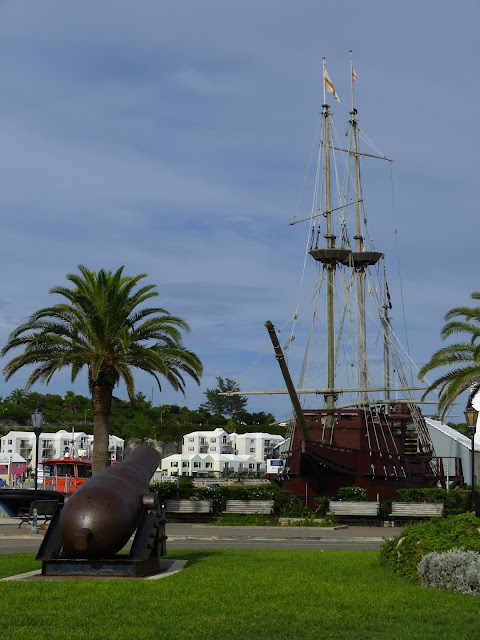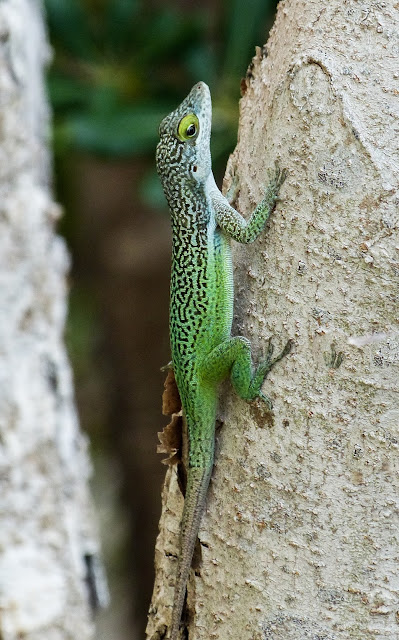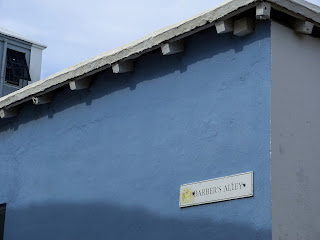The Sea Venture was separated from the rest of the fleet during a hurricane, near the Azores. After several days of being battered by strong winds Somers spied land and believing that they would be doomed if they stayed at sea, he decided to sail the damaged ship as close to the islands as possible. Unable to anchor safely, the ship's Captain, Christopher Newport, deliberately steered the ship onto a rocky reef.
Luckily for the crew and passengers the ship became lodged between two reefs, which prevented it from sinking. This enabled all on board to scramble ashore on to what came to be known later as the Somers Isles. Later, what was left of the cargo and much of the ship itself was able to be salvaged. Miraculously there were no fatalities.
 |
| Sir George Somers |
After ten months Somers and his crew set sail for Virginia in the two newly built vessels, Patience and Deliverance.
 |
| Replica of Deliverance in St. George's |
Somers set out to return to the islands to collect additional provisions but unfortunately he became ill and died before he could return to Jamestown. His heart was buried in the Somers Isles (which later became known as Bermuda), while his body was buried in his home town near Lyme Regis, Dorset.
St. Peter's Church was the location for the first Parliamentary meetings, being the only building large enough for the purpose. In 1620 the Sessions House, now known as the State House, was built by Governor Nathaniel Butler. This became the location of Parliament until 1815 when Hamilton became the capital.
In front of Buckingham House, a three storey Georgian building dating from around 1750, is a small walled garden containing a bust of Irish poet Thomas Moore.


 |
| Bridge House, originally built in early 1700 |
The former Globe Hotel, now a National Trust Museum, with a beautiful sheltered garden at the rear of the building.
Dating from 1782, the Town Hall is used by the Mayor and Town Council of St. George.
The Post Office, built around 1622, housed the first jail on the island. In later years it also became the residence of Bermuda's Police Chief.There are many more beautiful and historic buildings in the Town of St George, as well as narrow streets and alleyways cutting between the pastel coloured buildings.

As you can see, it's a lovely relaxing place to spend some time!
Thanks for visiting my blog; I hope you've enjoyed the photos.














































